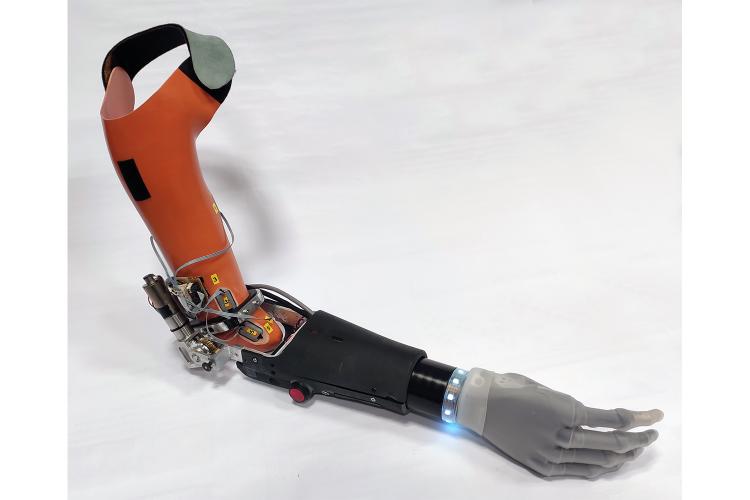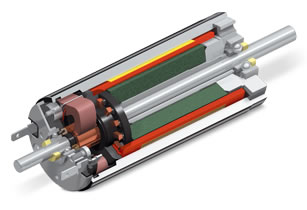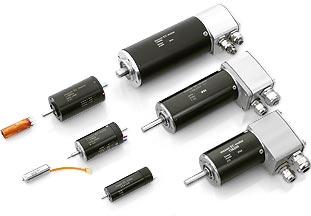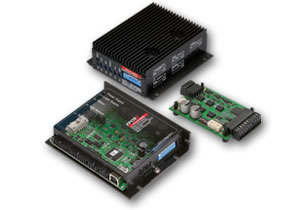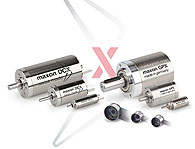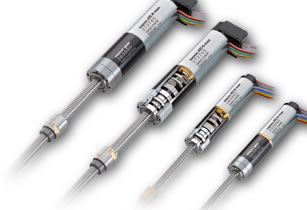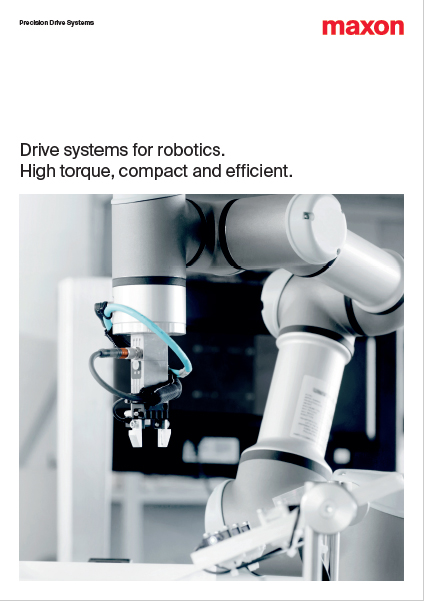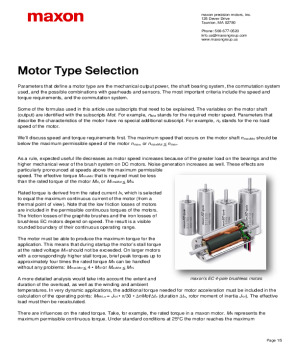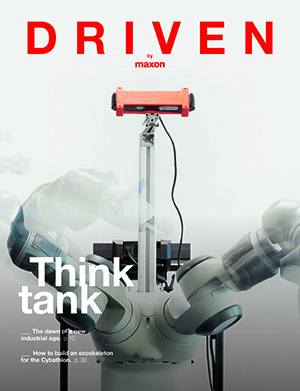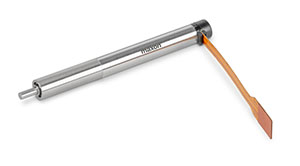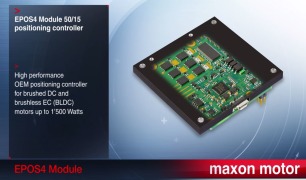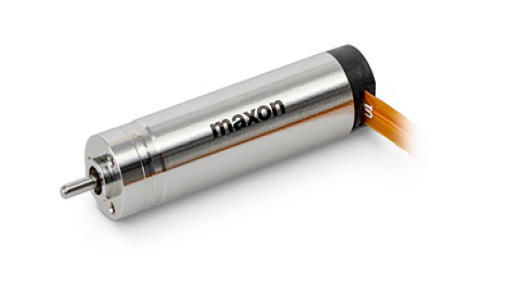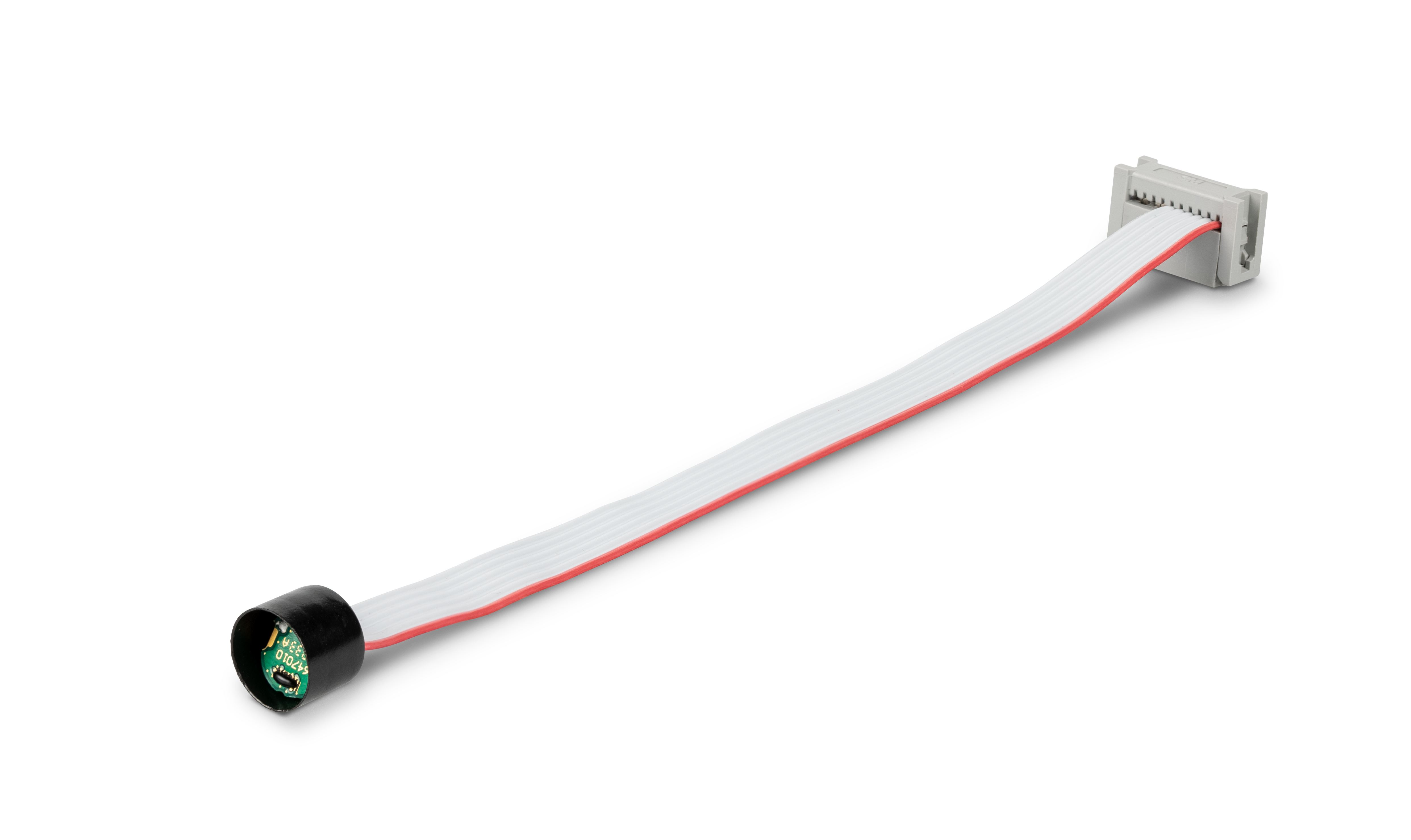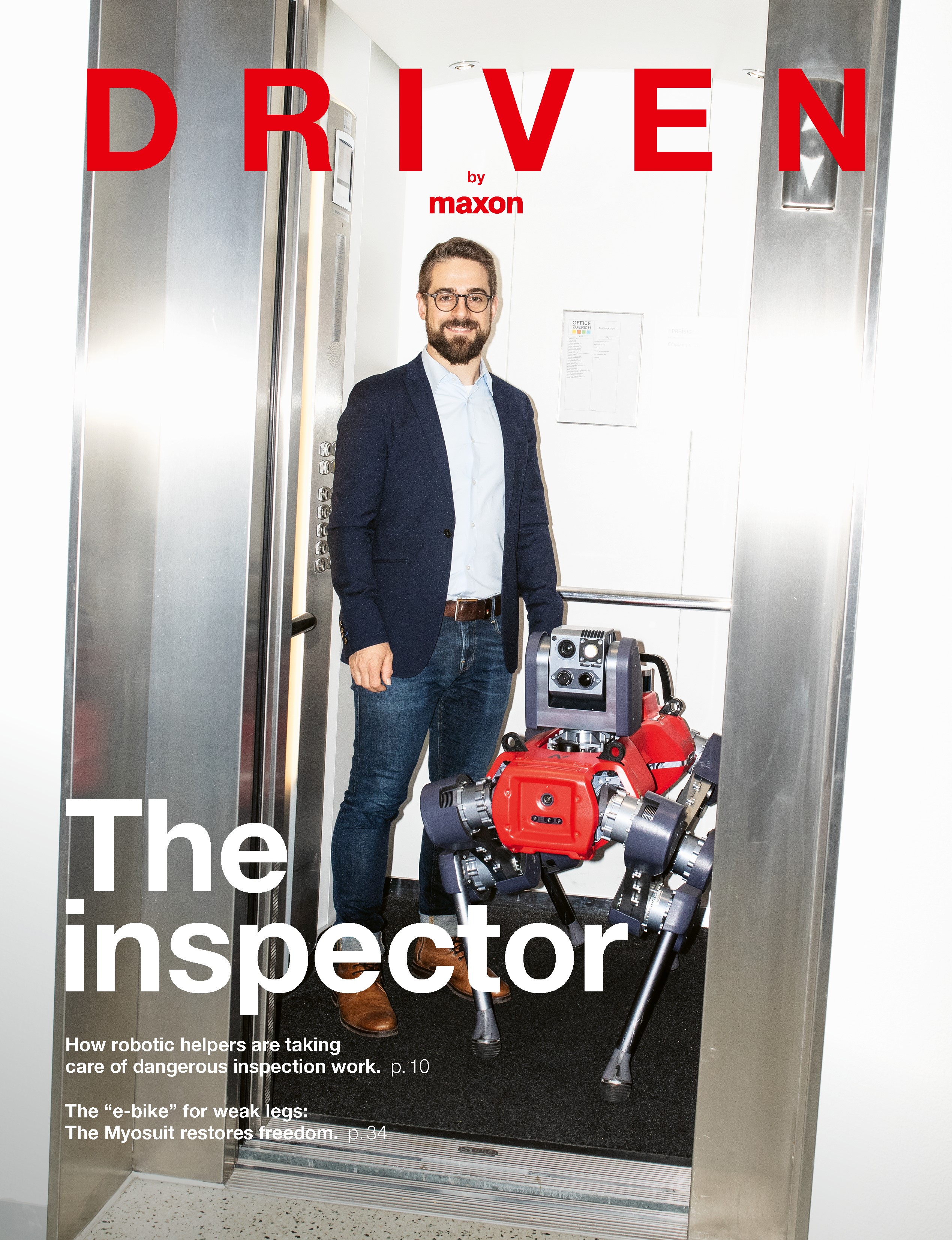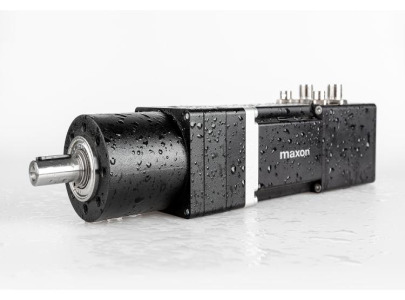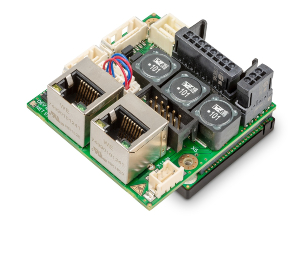Smart ArM: Pushing the limits of the human body
In view of the Cybathlon 2020, a unique international competition for competitors with disabilities who use bionic assistive technologies, a team of French researchers from the Institute of Intelligent Systems and Robotics (ISIR) in Paris has developed the "Smart ArM". An arm prosthesis designed for transhumeral amputees, i.e. above the elbow. The result of several years of research, the design of this prosthesis represented a real challenge as it involved creating a prosthetic elbow. This article looks back at this technological feat and human adventure.
In view of the Cybathlon 2020, a unique international competition for competitors with disabilities who use bionic assistive technologies, a team of French researchers from the Institute of Intelligent Systems and Robotics (ISIR) in Paris has developed the "Smart ArM". An arm prosthesis designed for transhumeral amputees, i.e. above the elbow. The result of several years of research, the design of this prosthesis represented a real challenge as it involved creating a prosthetic elbow. This article looks back at this technological feat and human adventure.
Due to the Covid-19 pandemic, the Cybathlon 2020 will take place on November 13 – 14, 2020 – globally and in a new format, at the teams’ home bases. They will set up their infrastructure for the competition and film their races. From Zurich, the competitions will be broadcast through a new platform in a unique live program.
An ambitious project, to meet the fitting needs of a particular disability
Less common than forearm or hand amputation, arm amputation has remained relatively unstudied in research for a long time. It is referred to as above elbow amputation, or total forearm agenesis, which is an absence since birth. Even though this impairment mainly concerns young people who wish to be fitted with a prosthesis, there are currently few or no suitable prosthetic solutions available. Faced with this observation, a team of researchers from the Institute of Intelligent Systems and Robotics (ISIR) launched a research project in 2014. Grouped within the AGATHE team (Assistance au Geste et Applications thérapeutiques), these researchers have obtained promising results in upper limb prostheses. "After attending the first edition of the Cybathlon in 2016 as spectators, we wanted to set up a team to promote our vision and our innovations," explains Nathanaël Jarrassé, ISIR research officer and manager of the Smart ArM project, who is passionate about optimizing the human body.
Man-machine coupling
Now they had to find a pilot. After several unsuccessful searches, it was after a discussion between a collaborator of maxon, a partner of the Cybathlon and a supplier of engines for the ISIR, that the ideal candidate was found. The applicant is Christophe Huchet, a former manager of Parisian restaurants, who now coaches SME business managers. Born with an agenesis of the right forearm, he also had an impressive swimming career behind him, as a multiple champion of handisport swimming, and also in the able-bodied arena. "This project puts me back into competitive sport and the associated dynamics that I have known well in my swimming career, but this time in the service of a strong cause: helping others and advancing technology and society. It is also important for me to take part in this event which wants to change the way people with braces look at people with braces, to show the extraordinary side of the "user-prosthesis" couple and to promote this alliance of the body and technology which makes the disability "beautiful" in a way. ", explains Christophe Huchet.
To take part in the Cybathlon, the Smart ArM team was created in 2018. It is composed of a pilot, a manager, a technical team of 11 people from the ISIR and the ISM-Univ Aix-Marseille, as well as a medical team. Such a project brings together very different fields of research, from mechatronics to computer science, including neuroscience and physiology, in order to properly interface the prosthesis with the body.
"Our participation in the Cybathlon was motivated by several objectives, including the promotion of ISIR's technological innovations, tested in the intense context of a competition. We also wanted to draw the attention of the general public to these particular disabilities, while communicating the real possibilities and limits of robotic assistive technologies," explains Nathanaël Jarrassé. The Smart ArM project highlights the major role played by humans in the "man-machine" coupling, we often tend to believe that success is due to technology alone.
Published by maxon on Oct 28, 2020

